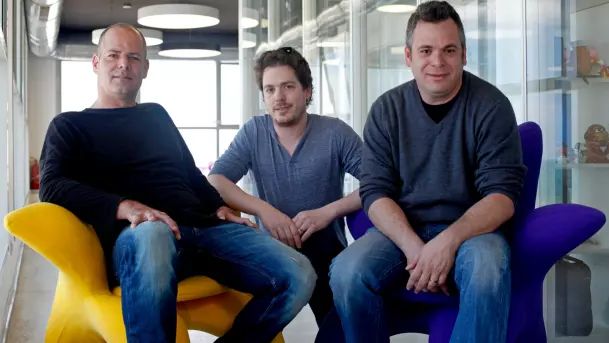Hootsuite : A Platform to Manage All Your Social Media Accounts
Imagine being a food blogger, having dinner with your friends in a beautiful restaurant and putting up a story on Instagram, and at the same time, tweeting about the unsatisfactory service of that place. Well, as much as we love to keep us updated, we also enjoy letting people know what is going in our life as well. This isn’t pretty bad after all, is it? Many of us love following up the newsfeeds in social media platforms. But, there is already plenty of them, and at times, it really becomes a nightmare to manage them all at once. Some of the major social media platforms are Facebook, Instagram, Twitter and LinkedIn, and every nine out of 10 people are users of more than at least one social media platforms.
Ever heard of Hootsuite? People, who are smart enough, have already installed the Hootsuite app on their mobile phone, a platform that is programmed to manage all your social media accounts through a single interface. Created by Ryan Holmes in 2008, this social media management platform is serving throughout the globe witnessing more than 16 million users to date. Ryan Holmes along with Dario Meli and David Tedman launched the product in December 2008, and Holmes is still serving as the CEO of the company.
Dario Meli
Meli studied Commerce, followed by graduating with a degree in Digital Media from Vancouver Film School. He joined Invoke (founded by Ryan Holmes) in 2004 and served as co-CEO. Apart from co-founding Hootsuite, Meli is also a co-founder of BrightKit, Foodee and Quietly.
David Tedman

Tedman also graduated from Vancouver Film School who is an Angel Investor and till date has invested in many companies like Hack Capital, FutureEngine, Hazel, Koho, Foodee (co-founder) and many more. Tedman is mainly focused on tech-startups and hence invests in the new start-ups of the tech domain.
Ryan Holmes
Growing up in a small farm in Vernon which didn’t even have electricity, Holmes really surprised the entire world with his passion-driven a successful career. Holmes started programming from a very young age and also won a programming contest in fifth grade. His first business was founding a paintball field which was followed by opening a pizza restaurant called Growlies in Vernon. But, this definitely wasn’t the aim of his life.
Holmes sold his restaurant in 1999 and moved to Vancouver and learned web development which helped him found his digital media agency, Invoke. And, it was in this agency where Hootsuite tool was built by the employees of Invoke to help the businesses to manage social media platforms for marketing. The product was built in 2008, and it detached from the parent company in 2009 after the Series A funding round.
History and Success of Hootsuite
In 2008, Hootsuite was launched as a tool on behalf of the company, Invoke, and it named the product as BrightKit. Initially, when the product was launched it helped a user to manage multiple Twitter accounts from a single interface. The user interface appeared in the form of a dashboard from where one can manage all the accounts.
In November 2009, the company expanded its management for Facebook and LinkedIn as well. In December 2009, Holmes raised a funding of $1.9 million from the Series A funding round, which led Hootsuite to establish as an independent company. The investors included Blumberg Capital, Hearst Interactive Media, Geoff Entress and Leo Group LLC. By the end of 2010, the company witnessed a major success, i.e., 1 million users. The figure becomes twice in the next year, along with raising $3 million in the capital. In 2011, the company also acquired TwapperKeeper and Geotoko.
2012 was a big year for Hootsuite, as it raised $20 million from VC Omers Ventures, acquired Seesmic (one of its competitors) and reached five million users. After this fund, the company’s net worth rounded up to $200 million. In early 2013, the users of Hootsuite already reached 7 million, and in August 2013, the company raised $165 million in Series B funding. In the same year, Holmes was named one of the most powerful people of Vancouver, with Hootsuite’s growth curve not showing any downfall anytime soon.
In 2014, Canadian Startup Awards, Hootsuite was named Employer of the year 2013 with users hitting the buzzer of 10 million. In this year, the company raised around $60 million and acquired Zeetl. By 2015, Hootsuite became a billion-dollar company with more than 1,000 employees. The next year, the company made a few more acquisitions, and in 2017, it crossed 15 million users.
Currently, the company’s headquarters is based in Vancouver, Canada, and it has offices in 13 locations around the world.

Annasha Dey is an NIT student, who apart from studying engineering is also a content writer. She has a great interest in photography, writing, reading novels, and travelling as well. She is a foodie who loves socializing and hanging out with her friends. She is also a trained Kathak dancer and a big fashion enthusiast. Dey also loves watching TV series, which includes F.R.I.E.N.D.S. and Big Bang Theory. To be a better writer she prefers to read more










